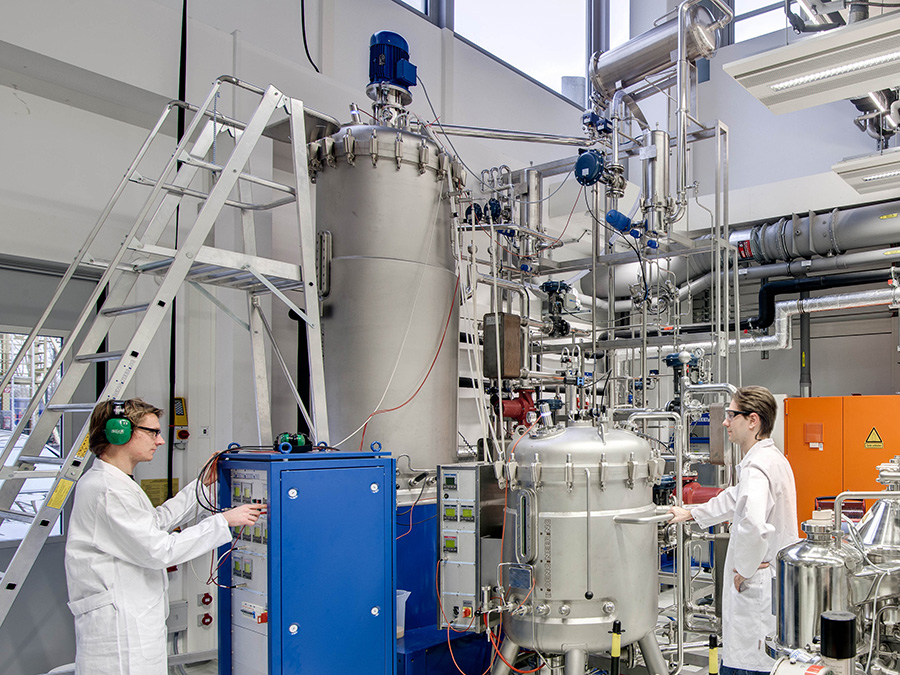TUM spin-off AMSilk presents first artificial spider silk fibers
High-strength fibers from spider silk

The AMSilk Biosteel® fibers are produced by a scalable spinning process. This process is based on inventions of Thomas Scheibel, who developed the biotechnological production of spider silk protein at the TU München. He is now Professor of Biomaterials at the University of Bayreuth.
Other important steps on the way to spider silk fibers were studies in collaboration between Professor Scheibel and the research group of Professor Horst Kessler, Carl von Linde Senior Fellow at the Institute for Advanced Study at the TU München (TUM-IAS). 2010 the researchers discovered the molecular prerequisites for the assembly of the fiber in the spider’s spinning gland. 2011 they unveiled the molecular mechanisms responsible for the enormous strength of the spider silk fiber.
"Of all the many applications for spider silk, the spinning of a viable commercial fiber has always been technically the most challenging. With the current process, we have shown that a commercial spider silk fiber is possible," explains Lin Roemer, Head of Research and Development at AMSilk. "Next we will optimize the fiber further and scale up raw material production and spinning in our new pilot plant."
Parallel to further development of the fibers, AMSilk is now intensifying its raw material production. For this purpose, the company cooperates with Professor Weuster-Botz, Professor of Biochemical Engineering at TUM. In the pilot plant of the Research Center for Industrial Biotechnology in Garching, researchers are working on new, more efficient processes to produce silk proteins for industrial applications with good quality at low cost.
"The shareholding of the spin-off AMSilk is an extraordinary step for universities," says Dr. Alexandros Papaderos, head of the patent and licensing office of TUM. "Forerunners like AMSilk help to inspire students, researchers and alumni to entrepreneurial thinking and acting."
Technical University of Munich
Corporate Communications Center
- Dr. Andreas Battenberg
- battenberg@zv.tum.de
- presse@tum.de
- Teamwebsite